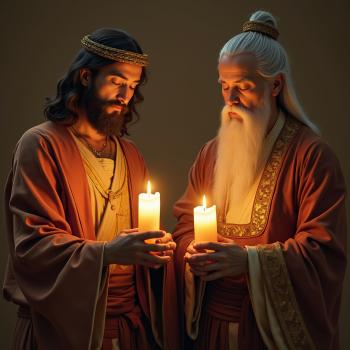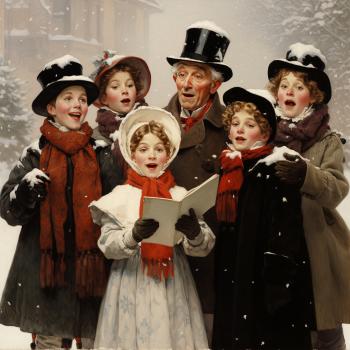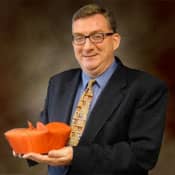 |
| Elizabeth Ann Bayley at the time of her marriage, 1794 |
Archbishop Robert Seton was remembered as a fairly eccentric character who made a good deal of his family background. A pastor, scholar, and enthusiast of ecclesiastical minutiae, he was also a genealogist who traced his roots back to medieval Europe. In 1899, he published a 438-page history, An Old Family: The Setons of Scotland and America. Enthusiasts of American Catholic history will find the second half most interesting, which discusses his grandmother, St. Elizabeth Seton (1774-1821), and her descendants.
Elizabeth Ann Bayley's story is reasonably well known: wife, mother, widow, convert, nun, first American-born saint. Born to a prominent Episcopal family in Manhattan, she married into another. William Magee Seton (1768-1803) belonged to a distinguished clan with deep roots in England and Scotland. At 29, after nine years of marriage, Elizabeth was widowed with five children: Anna (1795-1812), William (1796-1868), Richard (1798-1823), Catherine (1800-1891), and Rebecca (1802-1816).
Her conversion to Catholicism in 1805 dismayed her relatives; she was written out of her godmother's substantial will. Moving to Baltimore, she founded the Sisters of Charity in 1809. For twelve years she was the superior in Emmitsburg, Maryland. Her final words were, "Be children of the Church, be children of the Church."
All three daughters followed her advice. Anna and Rebecca joined her at Emmitsburg, but both died in their teens. Catherine became a socialite, traveled, and received many marriage proposals, rejecting them all. At 46, she joined the Sisters of Mercy. She was particularly active in prison ministry. Her obituary stated:
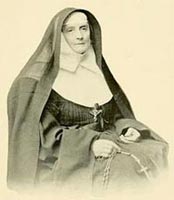 |
| Sister Catherine Seton, R.S.M. (1800-1891) |
No one probably ever acquired such influence and control over the thieves and robber class of New York . . . They came for years to seek her advice and guidance; they endeavored to make her trustee and executor for their wives and children, so implicit and unbounded was their confidence in her. She would be called to the parlor to meet at the same time some relative moving in the best circles, and perhaps some unfortunate whose steps to the convent had been followed by a detective.
In her 80s, she studied foreign languages in order to "instruct or console the prisoners of all nations whom she encountered in this awful abode, which she did to the great comfort of many a poor foreigner."
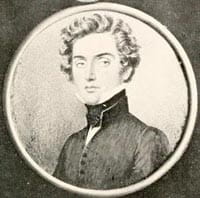 |
| Ensign William Seton, U.S. Navy, ca. 1820 |
Richard was remembered as being "of a somewhat restless disposition, ever wanting to roam the world." In 1823, he died off the coast of Africa while serving with the Navy. William studied at Mount St. Mary's College, not far from his mother's convent. He too joined the Navy, serving for fifteen years.
In 1832, he married Emily Prime, also from a distinguished New York family. Their wedding was performed by Father Felix Varela, whose canonization cause is underway. New York's Archbishop John Hughes considered William "the justest man I have ever known." The Setons had nine children; seven lived to adulthood.
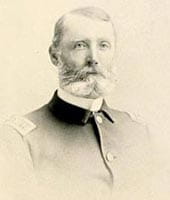 |
| Captain Henry Seton, U.S. Army, ca. 1890 |
Two sons served in the Civil War. After studying in Europe, Henry (1837-1904) joined the Austrian Army. In 1861, he came home to fight for the Union. A career soldier, he served in the Indian Wars and the Spanish-American War. (His father-in-law, Major General John G. Foster, was a Catholic convert.)
:::page break:::
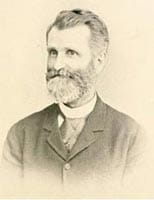 |
| William Seton, ca. 1897 |
